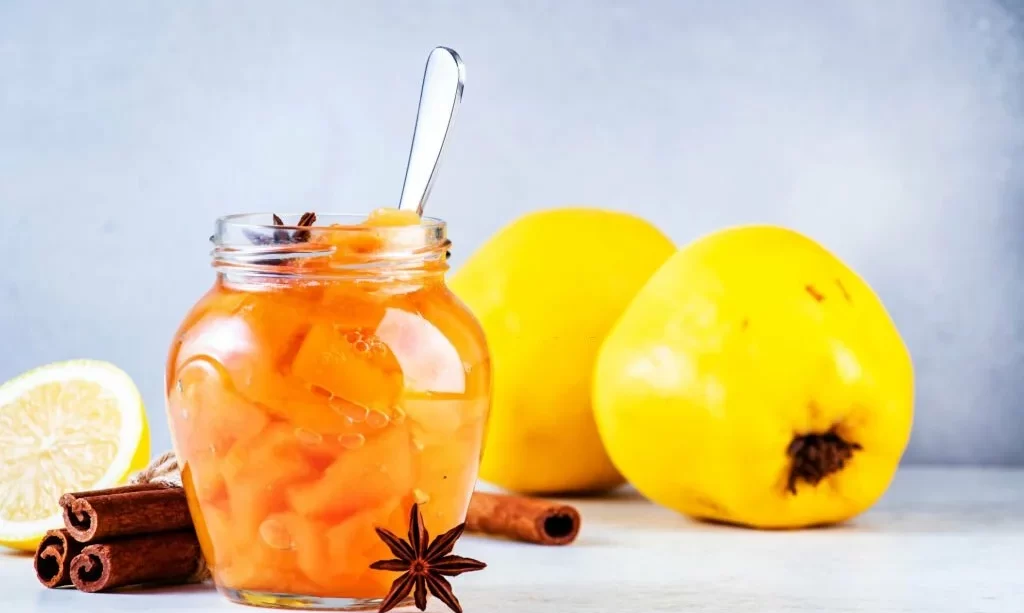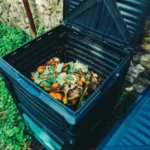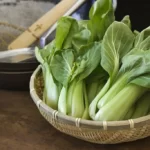In the world of preserving the flavors of fruits in the form of jams, jellies, and other delectable spreads, pectin plays a crucial role. This natural substance, found in fruits like apples and citrus, is the unsung hero behind the perfect texture and consistency of your homemade preserves. However, as with many pantry staples, questions often arise about whether pectin has a shelf life and if it can go bad. In this article, we embark on a journey to uncover the mysteries of pectin’s longevity, exploring the storage and conditions that determine its quality over time, while offering valuable insights for all those who delight in preserving the taste of ripe fruits.
- Hoosier Hill Farm Fruit Pectin is a specially formulated dry blend that’s perfect for thickening jams and jellies. It is a naturally occurring thickening agent found in many fruits. Many recipes featuring pectin use the ingredient to add a stable, slightly gelled consistency to fillings, jams, and jellies when cooked. This sweet and fruity powder is the perfect pantry staple. Use it for thickening, canning, and preserving in a variety of recipes.
- How to Use Fruit Pectin: Mix our powdered fruit pectin into jams and pie fillings to help your preserves thicken, or try mixing it with a fruit puree to make jelly candies.
- Storage: Store in a cool, dry place. We do not recommend refrigerating or freezing powdered pectin.
- Product of the USA.
- Allergens: Packaged in a facility that processes dairy, soy, peanuts, and wheat products.
What is Pectin?
Pectin is a naturally occurring substance that is most commonly extracted from fruits, such as apples, citrus, and quinces. It serves as a gelling agent, playing a pivotal role in creating the desired consistency of jams, jellies, and fruit preserves. The magic of pectin lies in its ability to interact with sugar and acid in fruit recipes, resulting in the formation of a gel structure. This gel structure is what transforms a liquid fruit mixture into a thick and spreadable delight that can be slathered on toast or used in a variety of culinary creations.
The use of pectin in the culinary world has revolutionized the art of preserving fruit flavors. Before the introduction of commercial pectin, the process of creating jams and jellies often required more extended cooking times and extra sugar. Pectin, in its powdered or liquid form, has streamlined the process, allowing for shorter cooking times, less sugar, and the retention of the natural, vibrant colors and flavors of fruits.
The Shelf Life of Pectin
Just like many other food products, pectin does indeed have a shelf life. Whether you have a box of powdered pectin or a bottle of liquid pectin, these products come with a recommended timeframe during which they are expected to maintain their optimal quality. This timeframe is often indicated on the packaging in the form of a “best by” or “use by” date.
The shelf life of pectin can vary depending on several factors, including the type of pectin, the packaging, and storage conditions. Typically, unopened pectin has a longer shelf life than opened containers. The reason behind this distinction is that once exposed to air and moisture, pectin’s quality may gradually deteriorate over time.
Pectin producers invest significant efforts in ensuring the quality of their products, and the “best by” date serves as a reference for consumers. However, it’s essential to note that pectin often remains safe for consumption beyond this date, although its effectiveness in achieving the desired gelling may decrease as time passes. In the next section, we’ll explore the signs that may indicate pectin has gone bad and how to properly store it to maximize its shelf life.
Signs of Pectin Going Bad
As pectin ages, several signs may indicate that it has gone past its prime and is no longer at its best for preserving your delicious creations. These signs can help you determine whether your pectin is still suitable for use:
1. Changes in Color: One noticeable sign that pectin may be past its peak is a change in color. Pectin that has started to go bad may appear discolored, taking on a yellowish or brownish tint. Fresh pectin is typically white or colorless.
2. Altered Texture: The texture of pectin can change as it ages. It may become clumpy, lumpy, or hard in the case of powdered pectin, while liquid pectin may become thicker and more viscous than its usual consistency.
3. Unpleasant Odor: Spoiled pectin may emit an unpleasant or off-putting odor. Fresh pectin should have a neutral or mild aroma, but if you detect an unusual or foul smell, it’s a sign that the pectin may have deteriorated.
4. Ineffectiveness: The primary purpose of pectin is to create a gel structure when combined with sugar and acid during cooking. If your pectin fails to produce the desired gelling effect, it may be an indication that it’s no longer effective and has lost its gelling properties.
It’s important to remember that pectin that exhibits these signs may not necessarily be harmful to consume, but it may not yield the intended results when used in recipes. To avoid disappointment in your culinary endeavors, it’s essential to inspect your pectin for these signs before use and consider other factors, such as proper storage conditions and the product’s “best by” date.
Proper Storage of Pectin
Proper storage is key to extending the shelf life of pectin and ensuring its quality over time. Here are some guidelines for storing pectin effectively:
1. Keep it Dry: Pectin, whether in powdered or liquid form, should be protected from moisture. Moisture can lead to clumping, hardening, and a decrease in the product’s quality. Seal containers tightly to prevent humidity from entering.
2. Store in a Cool Place: Pectin is best stored in a cool, dark place. Excessive heat can cause pectin to degrade more quickly. Avoid exposing it to direct sunlight or placing it near heat sources.
3. Airtight Containers: Consider transferring pectin to airtight containers, especially if you have opened the original packaging. This helps maintain its freshness and prevents exposure to air.
4. Check “Best By” Dates: Always take note of the “best by” or “use by” date on the packaging. If the date has passed, it’s a good idea to assess the pectin for any signs of spoilage before using it.
5. Label and Rotate: If you have multiple pectin containers or packages, label them with the purchase date and use them in a first-in, first-out manner to ensure that you use the oldest pectin first.
By following these storage guidelines, you can help ensure that your pectin remains in prime condition for your preserving adventures, delivering the perfect gelling results you desire in your jams, jellies, and fruit spreads.
Reviving Pectin
If you find that your pectin has clumped or hardened due to moisture exposure, there’s good news – you may be able to revive it. Reviving pectin can be a simple process that helps salvage a product that may not be spoiled but has lost its usability. Here are some tips to bring life back to your pectin:
1. Break up Clumps: For powdered pectin that has clumped together, gently break up the clumps using a fork or a fine-mesh sieve. This will help restore its powdery consistency and make it easier to measure for your recipes.
2. Warm Water Bath: In the case of liquid pectin that has thickened, placing the sealed container in a bowl of warm water can help liquefy it again. Be patient and allow the warm water to gradually soften the pectin, giving it a gentle stir if needed.
3. Assess Gelling Properties: Before using revived pectin in your recipes, conduct a small gelling test. Combine a small amount of pectin with sugar and acid (usually lemon juice) and heat the mixture as you would in a recipe. If it successfully gels and sets to your desired consistency, the pectin is likely usable. If it fails to gel, it may be time to consider purchasing fresh pectin for your next preserving adventure.
Conclusion
In the world of culinary delights, pectin plays a vital role in creating the perfect jams, jellies, and fruit spreads that capture the essence of ripe fruits. While pectin does have a shelf life, and there are signs that can indicate when it has gone past its prime, it’s reassuring to know that a few simple steps can help revive clumped or thickened pectin.
As you journey through the world of preserving, remember to keep your pectin in an airtight container, protect it from moisture, and store it in a cool, dark place. Be mindful of “best by” dates, and always inspect your pectin for signs of spoilage before use.
Pectin, when stored and managed with care, can remain a reliable and valuable addition to your pantry, ensuring that your homemade jams and jellies retain their delightful consistency and flavor. So, continue to explore the art of preserving the tastes of the season, knowing that with the right storage and a touch of creativity, your culinary creations will always shine.





